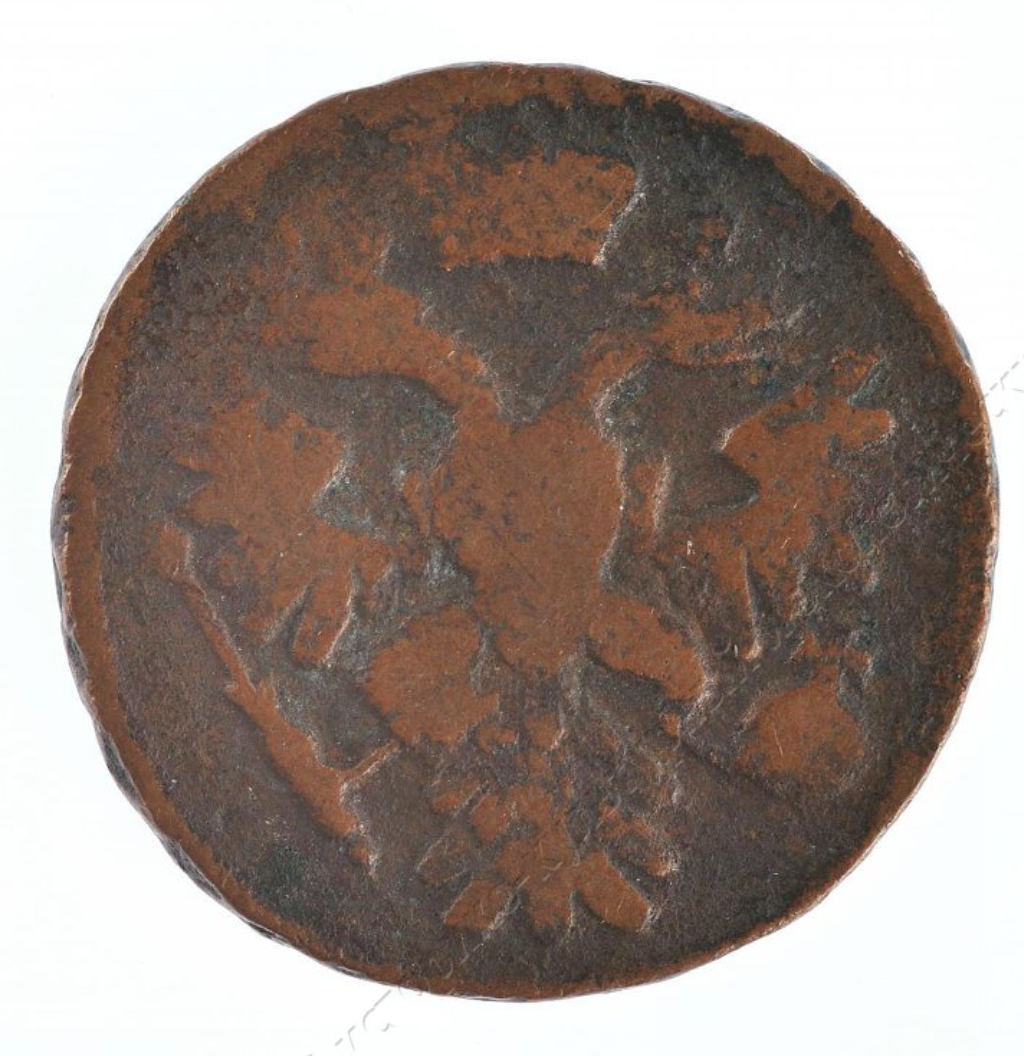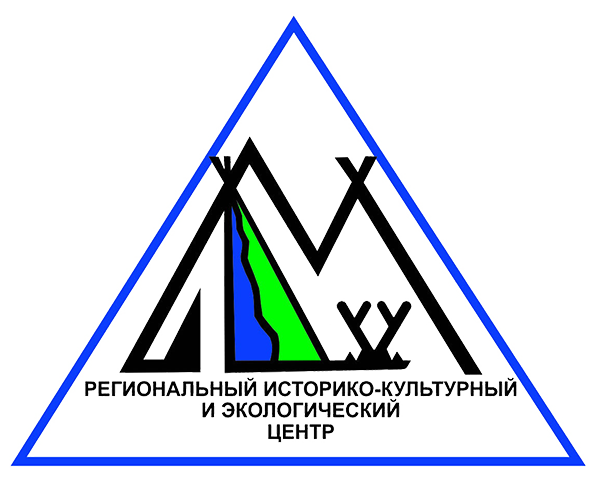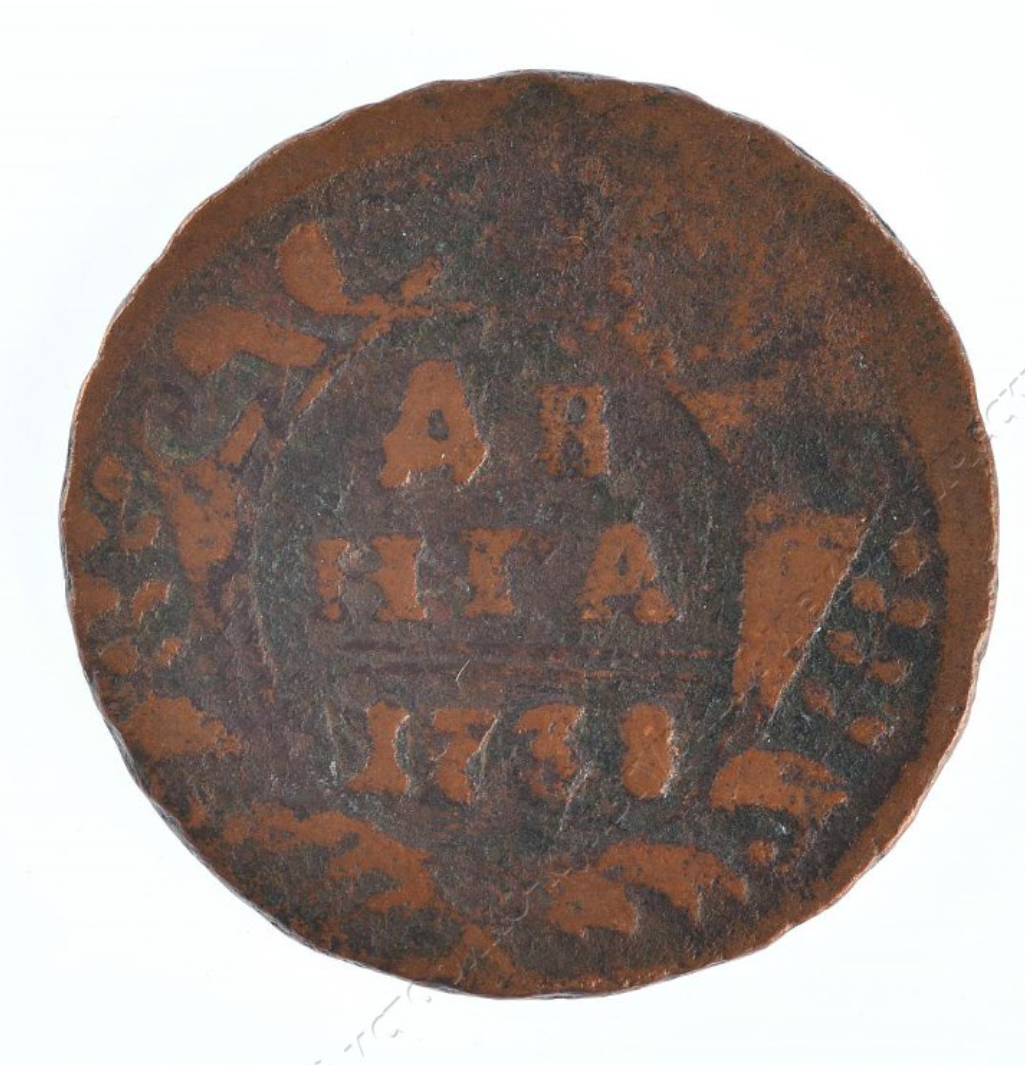Рубрика: Ломанный грошъ (+ translation) (от 07.02.2025)

История по своей сути крайне тонкая и нестабильная материя. С одной стороны, мы с уверенностью можем рассказать за какие деяния и проступки Ивана IV прозвали «Грозным», а с другой мы столетиями можем пытаться выстроить объективную характеристику важнейших персоналий нашей страны. И касательно второго в нашей истории, пожалуй, никто так не выделяется как личность императрицы Анны Иоанновны. Именно вокруг нее на полях исторического дискурса ведутся полемические баталии и по сей день, на которых главным аргументом выступает народное (а иногда и научное) выражение «бироновщина» (По фамилии фаворита императрицы – Э.И. Бирона).
Не вдаваясь в подробности времени «немецкого засилия», выделим, что само выражение «бироновщина» происходит из знаменитого исторического романа «Ледяной дом», изданного в 1835 году и написанного И.И. Лажечниковым. Касательно этого произведения, сам А.С. Пушкин писал автору: «Позвольте, Милостивый Государь, благодарить вас теперь за прекрасные романы, которые все мы прочли с такою жадностью и с таким наслаждением. Может быть, в художественном отношении, Ледяной Дом и выше Последнего Новика, но истина историческая в нем не соблюдена, и это со временем, когда дело Волынского будет обнародовано, конечно, повредит вашему созданию; но поэзия останется всегда поэзией, и многие страницы вашего романа будут жить, доколе не забудется русский язык… О Бироне можно бы также потолковать. Он имел несчастие быть немцем; на него свалили весь ужас царствования Анны, которое было в духе его времени и в нравах народа. Впрочем он имел великий ум и великие таланты…»
Сегодня попытки «обелить» и «очернить» правление Анны Иоанновны во многом лишь добавляют слой мифологизации в объективную оценку правления императрицы. Одни считают ее продолжательницей дел Петра I, последней истинной Романовой, а другие подчеркивают народные настроения и факты из сочинений современников с крайне негативной оценкой того периода. Правда, конечно же, всегда где-то посередине, однако единственное что не менялось и в дни дворцовых переворотов, и после – важность государственной казны. О ней и поговорим.
Когда Анна Иоанновна взошла на престол, перед ней встала непростая задача: государственная казна была пуста, накопились огромные долги, а монетное дело пребывало в запустении. Такое положение сложилось вследствие частых войн, дворцовых переворотов и неэффективных действий предыдущих политиков.
Одной из насущных проблем в производстве монет стала нехватка мелкой медной монеты и чеканка по завышенной монетной стопе в 40 рублей за пуд меди. Учитывая, что реальная стоимость меди в то время составляла всего 8 рублей за пуд, даже самые строгие наказания не останавливали фальшивомонетчиков. Обращение легковесных медных монет привело к серьезной инфляции и подорвало доверие населения. При новой императрице начался массовый выкуп этих монет с последующей перечеканкой по монетной стопе 10 рублей за пуд.
Стремясь исправить экономическую ситуацию, правительство Анны Иоанновны издало указ о чеканке монет по новой стопе — 10 рублей из пуда меди — и обязательной перечеканке всех старых монет по этому стандарту. Знакомые населению пятикопеечные монеты с крестами чеканились только в 1730 году. В том же году начали выпускать самые распространенные номиналы: денгу и полушку. Денга, равная половине копейки, стала одной из самых массовых монет правления Анны Иоанновны. Выпускаемая в огромных количествах, она является одной из наиболее многочисленных монет за всю историю чеканки Российской империи. Старые легковесные копейки часто перечеканивали именно в денги — такие монеты представлены вам сегодня.
Примечательно, что денга, введенная при императрице Анне, заметно отличается от аналогичной монеты Петра Великого, но имеет значительное сходство со шведским далером, чеканившимся в 1715–1719 годах. В исторической литературе это объясняют тем, что на одном из монетных дворов Российской империи работал датский медальер по имени Шульц. О нем ходили нелестные отзывы: он злоупотреблял алкоголем, не проявлял особого таланта и просто скопировал дизайн чужой монеты.
Для увеличения запасов меди, необходимых для чеканки новых монет, правительство начало массовое изъятие монет предыдущих правителей. Дополнительной мерой стало усиление добычи меди на Урале. Кроме медных монет, монетные дворы выпустили значительное количество серебряной монеты и в меньших объемах — золотой. Золото использовалось преимущественно для нужд двора, тогда как серебряная монета служила основным средством платежа. Из-за нехватки сырья приходилось закупать его за границей и перечеканивать талеры, полученные от таможенных сборов.
History in its essence is an extremely delicate and unstable matter. On the one hand, we can tell with certainty for what deeds and misdeeds Ivan IV was nicknamed “The Terrible”, and on the other hand we can try to build an objective characterization of the most important personalities of our country for centuries. And concerning the second in our history, perhaps, no one stands out so much as the personality of Empress Anna Ioannovna. It is around her on the fields of historical discourse polemical battles are being waged to this day, where the main argument is the popular (and sometimes scientific) expression “Bironovshchina” (by the surname of the Empress's favorite - E.I. Biron).
Without going into the details of the time of “German domination”, let us emphasize that the very expression “Bironovshchina” comes from the famous historical novel “The Ice House”, published in 1835 and written by I.I. Lazhechnikov. Regarding this work, A.S. Pushkin himself wrote to the author: “Allow me, Gracious Emperor, to thank you now for the wonderful novels, which all of us have read with such greed and with such pleasure. Perhaps, in artistic terms, the Ice House is higher than The Last Novik, but the truth of history is not observed in it, and this in time, when the Volynsky case will be publicized, will certainly damage your creation; but poetry will always remain poetry, and many pages of your novel will live until the Russian language is forgotten... About Biron could also talk. He had the misfortune to be a German; on him fell all the horror of the reign of Anna, which was in the spirit of his time and in the mores of the people. However, he had a great mind and great talents...”
Today, attempts to “whitewash” and “denigrate” the reign of Anna Ioannovna in many ways only add a layer of mythologization to the objective assessment of the empress' reign. Some consider her a continuer of the deeds of Peter I, the last true Romanov, and others emphasize popular sentiment and facts from the writings of contemporaries with an extremely negative assessment of the period. The truth, of course, is always somewhere in the middle, but the only thing that has not changed in the days of the palace coups, and after - the importance of the state treasury. Let's talk about it.
When Anna Ioannovna ascended the throne, she faced a difficult task: the state treasury was empty, accumulated huge debts, and coinage was in disrepair. This situation was due to frequent wars, palace coups and ineffective actions of previous politicians.
One of the pressing problems in the production of coins was a shortage of small copper coins and minting at an inflated coinage of 40 rubles per pud of copper. Given that the real value of copper at that time was only 8 rubles per pud, even the strictest penalties did not stop counterfeiters. The circulation of lightweight copper coins led to serious inflation and undermined public confidence. Under the new empress began a massive redemption of these coins with the subsequent re-minting on the coinage of 10 rubles per pud.
In an effort to correct the economic situation, the government of Anna Ioannovna issued a decree on the minting of coins on a new foot - 10 rubles per pud of copper - and the mandatory re-minting of all old coins to this standard. Familiar to the population five-kopeck coins with crosses were minted only in 1730. In the same year began to issue the most common denominations: denga and polushka. Denga, equal to half a kopeck, became one of the most popular coins of the reign of Anna Ioannovna. Issued in huge quantities, it is one of the most numerous coins in the entire history of minting of the Russian Empire. Old lightweight kopecks were often minted exactly into money - such coins are presented to you today.
It is noteworthy that the denga, introduced under Empress Anna, differs markedly from the similar coin of Peter the Great, but has a significant resemblance to the Swedish daler, minted in 1715-1719. In the historical literature it is explained by the fact that at one of the mints of the Russian Empire worked Danish medalist named Schultz. About him went unflattering reviews: he abused alcohol, did not show much talent and simply copied the design of someone else's coin.
To increase the stock of copper needed for minting new coins, the government began a massive withdrawal of coins of previous rulers. Thus, the kopecks of the times of Peter I, produced at a foot of 20 rubles per pood, were processed into money, and the kopecks of Peter II, minted at 40-ruble foot, turned into polushki. An additional measure was the strengthening of copper mining in the Urals. In addition to copper coins, the mints issued a significant amount of silver coins and in smaller amounts - gold. Gold was used mainly for the needs of the court, while silver coinage served as the main means of payment. Due to the shortage of raw materials, they had to buy them abroad and mint the talers received from customs duties.
Научный сотрудник,
Н.С. Сологуб




